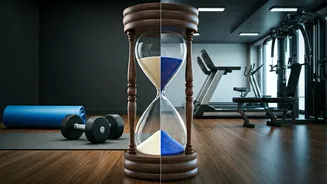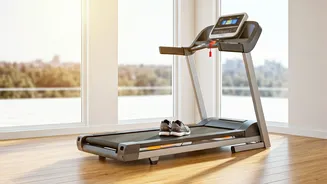Calorie Burning Explained
Walking, a readily accessible form of exercise, offers a convenient pathway to calorie expenditure. The amount of calories burned during a walk is influenced
by various elements, including an individual's weight, the terrain, and the pace maintained. A person who weighs around 65 kg, for instance, could potentially burn between 300 and 400 calories within a single hour of walking. This underscores the effectiveness of walking as a means to increase energy consumption, contributing to overall health and weight management. Regular walking not only promotes calorie burning but also provides numerous other health advantages. It helps improve cardiovascular health, boost mood, and reduce the risk of several chronic diseases. The ease with which one can incorporate walking into daily routines makes it a practical option for people across all fitness levels and ages. Walking's accessibility and adaptability make it a fundamental part of an effective wellness plan.
Pace and Intensity
The pace at which you walk plays a pivotal role in determining the intensity of your exercise and, consequently, the number of calories you burn. To achieve a calorie burn in the range of 300–400 calories within an hour, a person weighing roughly 65 kg will need to maintain a moderately brisk walking pace. This means walking at a speed that elevates your heart rate and makes you breathe slightly harder, but still allows you to hold a conversation. Factors such as the incline of the path and whether you're carrying any extra weight, like a backpack, can also impact the intensity of the workout. Walking on an uphill slope, for example, increases the effort and will result in a greater number of calories burnt compared to walking on a flat surface. It’s important to note that the exact walking speed varies depending on individual fitness levels and metabolic rates. Therefore, it is important to find a pace that challenges you without causing strain. Monitoring your heart rate can provide useful feedback to fine-tune your pace effectively.
Age and Variation
Age affects how fast an individual can walk and the overall intensity of the exercise, which directly influences calorie expenditure. Older individuals, for example, may have a slower walking pace than younger people due to physiological changes associated with aging. However, this doesn't diminish the advantages of walking; they can still attain significant benefits. Although their pace might differ, they can tailor their walks to meet their fitness goals. To compensate for any age-related variations, it is crucial to modify walking routines appropriately. This could involve adjusting the duration, the intensity (such as incorporating inclines), or the frequency of walks to achieve the desired calorie-burning effect. Listening to one’s body is a key consideration. Recognizing physical limitations and adapting the walking routine accordingly enables people of all ages to enjoy the benefits of regular walking safely and effectively. Customizing your walking approach ensures exercise becomes a sustainable practice, offering long-term health advantages.













